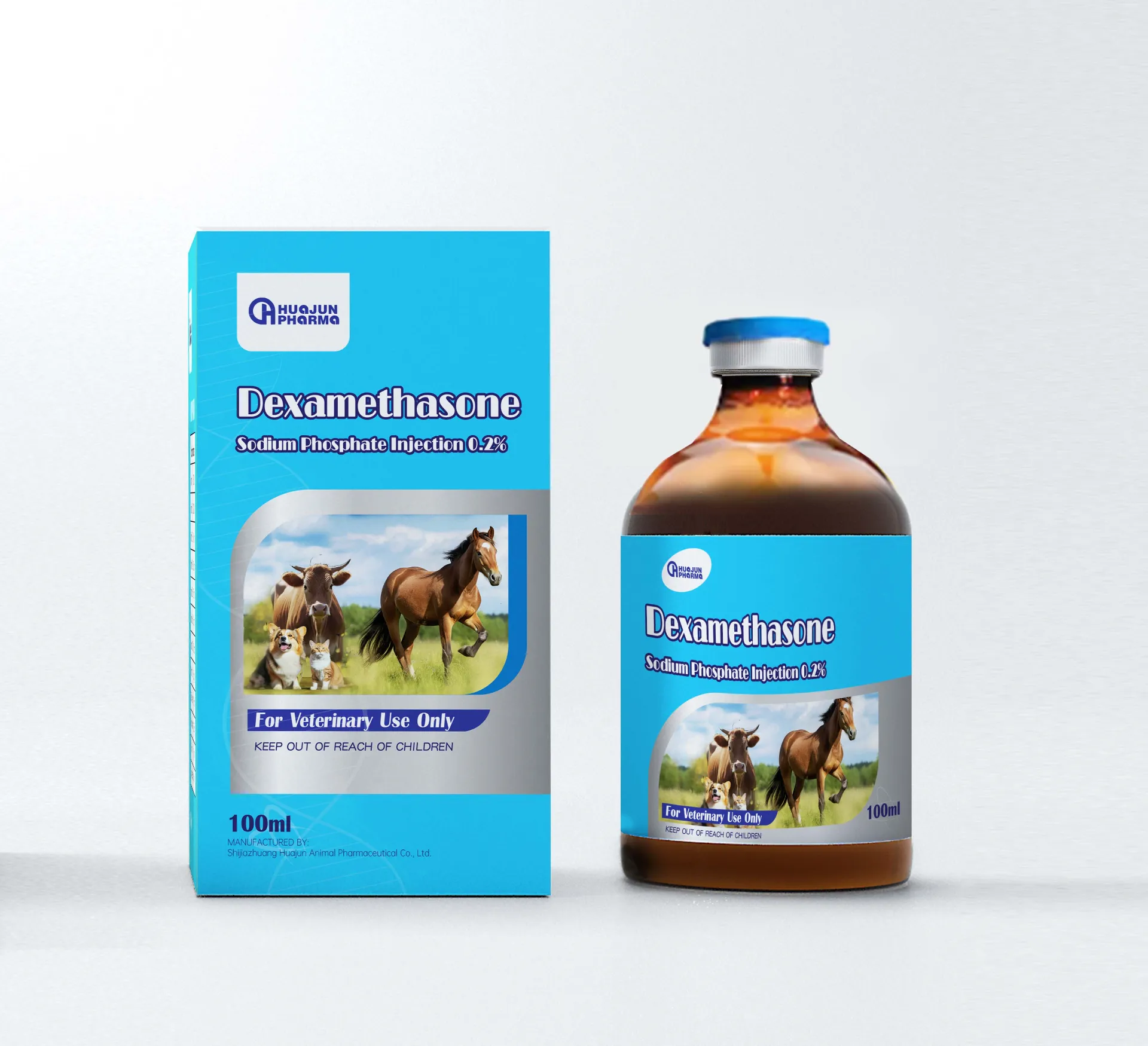
Jul . 28, 2024 03:24 Back to list
Exploring the Benefits and Applications of Lactic Acid Bacteria Cultures in Food Fermentation
The Role of Lactic Acid Bacteria Cultures in Food and Health
Lactic acid bacteria (LAB) are a group of beneficial microorganisms that play a significant role in the fermentation process of various foods and beverages. These bacteria, which include genera such as Lactobacillus, Streptococcus, Lactococcus, and Leuconostoc, are essential in producing lactic acid through the fermentation of carbohydrates. Their ability to produce lactic acid not only aids in food preservation but also contributes to the development of unique flavors and textures that characterize many fermented products.
The Role of Lactic Acid Bacteria Cultures in Food and Health
Probiotics, often labeled as good bacteria, are live microorganisms that confer health benefits when consumed in adequate amounts. Many lactic acid bacteria strains demonstrate probiotic properties, contributing to gut health by maintaining the balance of intestinal microbiota. Regular consumption of probiotic-rich foods, such as yogurt, kimchi, and sauerkraut, has been linked to improved digestion, enhanced immune function, and even mood regulation, owing to the gut-brain connection's emerging understanding.
lactic acid bacteria culture

Besides dairy products, LAB also play a crucial role in fermenting vegetables and other plant-based foods. For instance, in the production of sauerkraut and pickles, natural fermentation occurs when lactic acid bacteria from the environment or from the added culture begin to proliferate in the presence of brine. This fermentation process not only preserves the vegetables by lowering pH, inhibiting spoilage organisms, but also enhances their nutritional profile. The fermentation increases the bioavailability of certain nutrients and introduces new health-promoting compounds, such as vitamins and bioactive peptides.
Moreover, LAB can be utilized in the production of beverages, most notably in the fermentation of kefir and kombucha. Kefir, a fermented dairy drink, contains various strains of lactic acid bacteria and yeasts, giving it a tangy flavor and a fizzy texture. Kombucha, a fermented tea, is often associated with lactic acid bacteria as well, contributing to its unique taste and potential health benefits.
However, the effectiveness of LAB is highly strain-dependent, and not all lactic acid bacteria offer the same health benefits. Research is ongoing to identify and characterize strains that have specific health-promoting properties. Additionally, the growing awareness of gut health among consumers has significantly boosted the demand for fermented products, leading to a resurgence of interest in traditional fermentation processes.
In conclusion, lactic acid bacteria cultures are an integral part of our food systems, enhancing the taste, safety, and health benefits of various products. Whether in dairy, vegetables, or beverages, these tiny microorganisms play a monumental role in food preservation and nutritional enhancement. As fermentation continues to draw interest in both culinary and scientific fields, the exploration of LAB and their potential health impacts remains a vibrant area of study, promising exciting developments for food technology and nutrition in the future.
-
Premium China Bacillus Subtilis Supplier & Factory Solutions
NewsJul.30,2025
-
Premium Avermectin Supplier in China | Custom Solutions Available
NewsJul.29,2025
-
China Bacillus Subtilis Supplier - Custom Factory Solutions
NewsJul.29,2025
-
China Salivation: Leading Custom Salivation Supplier & Factory Solutions
NewsJul.29,2025
-
Leading Lincomycin Hydrochloride Manufacturer & Supplier with High Purity
NewsJul.29,2025
-
Bio-Enzyme Yogurt Growth Promoter Factory - Top Quality Manufacturer & Supplier
NewsJul.28,2025




